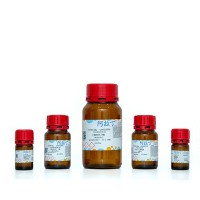Human Spongiform Encephalopathy: Clinical Presentation and Diagnostic Tests
互联网
622
The spectrum of human transmissible spongiform encephalopathies, or prion diseases, include sporadic Creutzfeldt-Jakob disease (CJD), familial CJD, iatrogenic CJD, and kuru. Although the disorders are rare and currently untreatable, establishing the diagnosis is of considerable importance for counseling relatives and in view of the ongoing epidemiological studies. The scientific study of these disorders has led to significant advances, particularly in the field of molecular biology. This progress has been accompanied by an expansion in the clinical “boundaries” of CJD, so that illnesses such as fatal familial insomnia (FFI) now are included within this group of disorders. In this chapter, the early descriptions of CJD are reviewed The clinical phenotypes of sporadic CJD are described, and the frequency of common clinical signs is reviewed. Inherited CJD is discussed, in relation to classical descriptions of conditions such as Gerstmann-Straussler syndrome (GSS), and more recent descriptions of conditions such as FFI The clinical appearances of iatrogenic CJD cases are described. Diagnostic “pointers” to the condition are discussed. Data from the UK national CJD surveillance unit is presented then, and the differential diagnosis is discussed, based on suspect cases of CJD referred to the unit in which the final neuropathological diagnosis is not CJD. In conclusion, the common phenotypes of CJD are summarized, and possible novel diagnostic and therapeutic measures are discussed.









